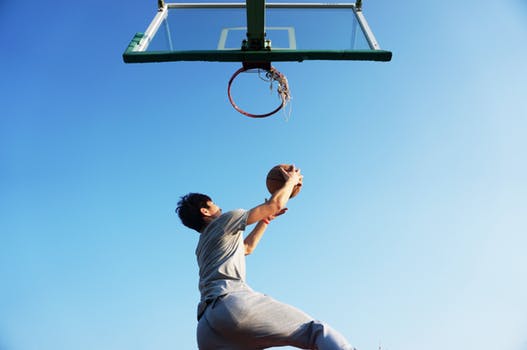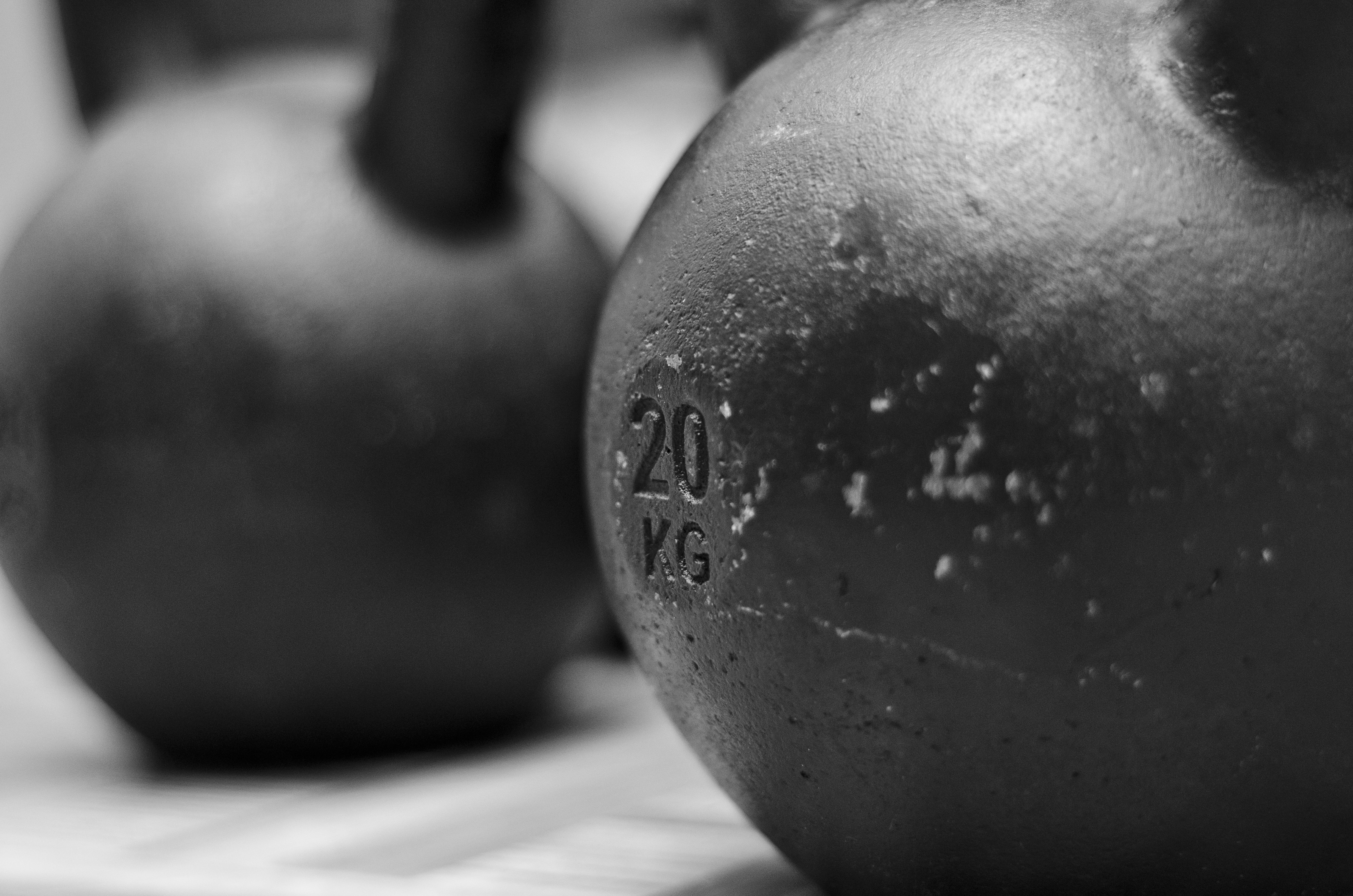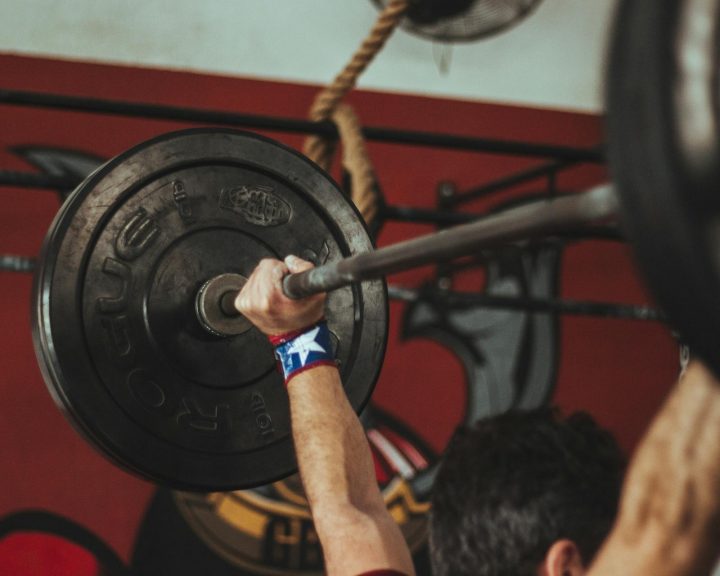We’ve made a perfectly understandable mistake with speed training. That mistake is to attempt to train everyone like track and field athletes. We use the same terms, try the same running mechanics, and take the same programming approaches. Here’s the problem, only in the sport of track and field do we compete like track and field athletes. Every other sport has its own unique needs. In today’s blog we’re going to talk about speed training and basketball.
Let’s start with the differences between basketball and track and field:
- First, the running dimensions are different. In the NBA the court is 94 feet long. If a basketball player could run the entire length of the court, in a straight line, they might start to reach maximum velocity at the end of the court – right before running into the stands.
- Second, a basketball player does not get to run in a perfectly straight line. One of the challenges with basketball is that there are other players and officials that get in the way.
- Third, basketball players have to account for the ball. Some of those sprints are being performed while dribbling the ball.
- Fourth, basketball players never start in blocks. Basketball players will not start a sprint from a two-point or three-point stance, either. This means that their acceleration mechanics are going to be a little different.
- Fifth, the concept of speed endurance (i.e. maintaining maximum velocity) does not apply to basketball. However, being able to function when tired does.
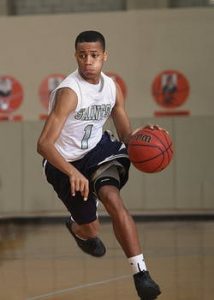
So, with the above in mind, here are some things to focus on with basketball players:
- The reality of games have to be incorporated into speed training. This means the ball and opponents have to be factored in and included with training.
- With a few notable exceptions, athletes are not going to get to run in a straight line for long enough to generate maximum velocity – so focusing on this in training does not make a lot of sense.
- Don’t waste your time teaching the athlete how to sprint out of stances. If you want to do a stance, have them sprint from a triple threat stance.
- Combine speed training with other motor skills. For example, sprint and dribble, jump and immediately start sprinting after the landing, etc.
What does this look like? Below are a few basketball-specific speed drills (with some progressions) that I really like.
Drill #1: Fast break off the rebound
This drill is meant to help work on the speed and ball handling skills required to execute an effective fast break. This drill is based on the player executing the fast break doing it off a defensive rebound. As with every drill I do for basketball, we work on offense and defense simultaneously.
This drill requires a full basketball court and two athletes. If you don’t have access to a court, set up a 30 yard course and place two trash cans about where the basketball goals would be.
Progression 1:
Two athletes (A and B) line up on either side on one of the goals. Athlete A has the ball. When the drill begins, Athlete A is going to sprint down the court while dribbling the ball. Athlete A’s goal is to get to the other side of the court and execute a layup at the other basket.
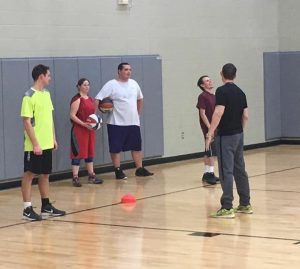
progression.
When the drill begins, Athlete B is trying to sprint down the court to stay ahead of Athlete A. Athlete B wants to be able to set up in front of Athlete A’s path, get vertical, and prevent the layup. All fouls should be called for this drill.
Progression 2:
The athletes line up in the same positions as in the first progression. In this progression the ball is tossed in the air so that Athlete A must jump up, catch it, then immediately begin the fast break towards the opposite goal. The Athlete B has the same role as in the first progression.
Progression 3:
The athletes line up in the same positions as in the first progression. The coach attempts to shoot the ball into the basket, both players go after the rebound. Whichever player gets the ball immediately attempts the fast break towards the opposite goal. The other player has the defensive role and attempts to stay ahead of the offensive player.
Drill #2: Fast break off the pass
This drill also helps to work on the ball handling skills and speed necessary to execute an effective fast break. It also introduces teamwork into the training.
This drill requires a basketball court and three athletes. Like with the last drill, a thirty yard course and two trash cans can be used if there is not access to the court.
Progression 1:
Athletes A and B line up on either side of one of the goals. Athlete C is waiting at half court. Athlete A is holding the ball. When the drill begins, Athlete A will pass the ball to Athlete C. Athlete C will catch the ball and then attempt a fast break down towards the opposite goal. As soon as the ball is passed, Athlete B attempts to run and get ahead of Athlete C and set up in front of him/her to prevent the layup.
Progression 2:
All the athletes line up in the same places as in the first progression. The ball is thrown in the air above Athlete A, who must jump up and catch it. As soon as Athlete A lands he will pass the ball to Athlete C, who will execute the fast break. Athlete B has the same defensive role.
Progression 3:
The athletes all line up in the same place as the previous progressions. The coach attempts to shoot the ball, both Athletes A and B go after the rebound. Whoever secures the rebound immediately passes the ball to Athlete C, who attempts the fast break. The other athlete attempts the defensive role.
Speed training like this is a lot more applicable to basketball players. It is going to help a lot with buy-in from the athletes and from their coaches. The strength and conditioning coach has to make sure that he or she is cueing the movements the same as the basketball coach, though.

